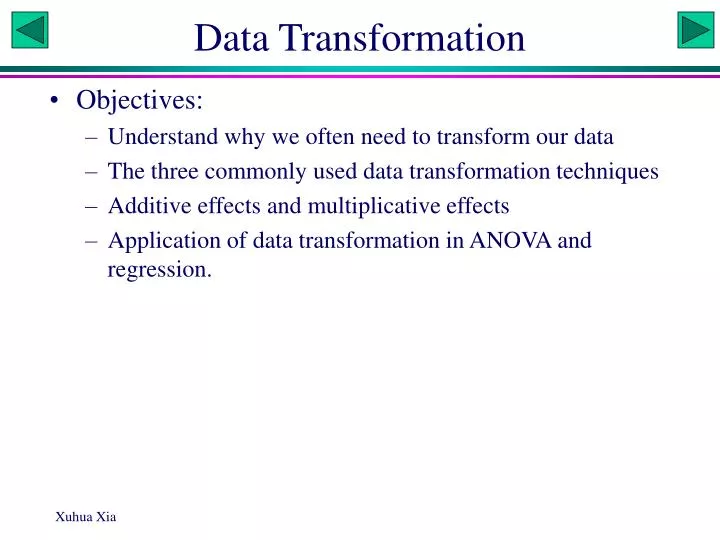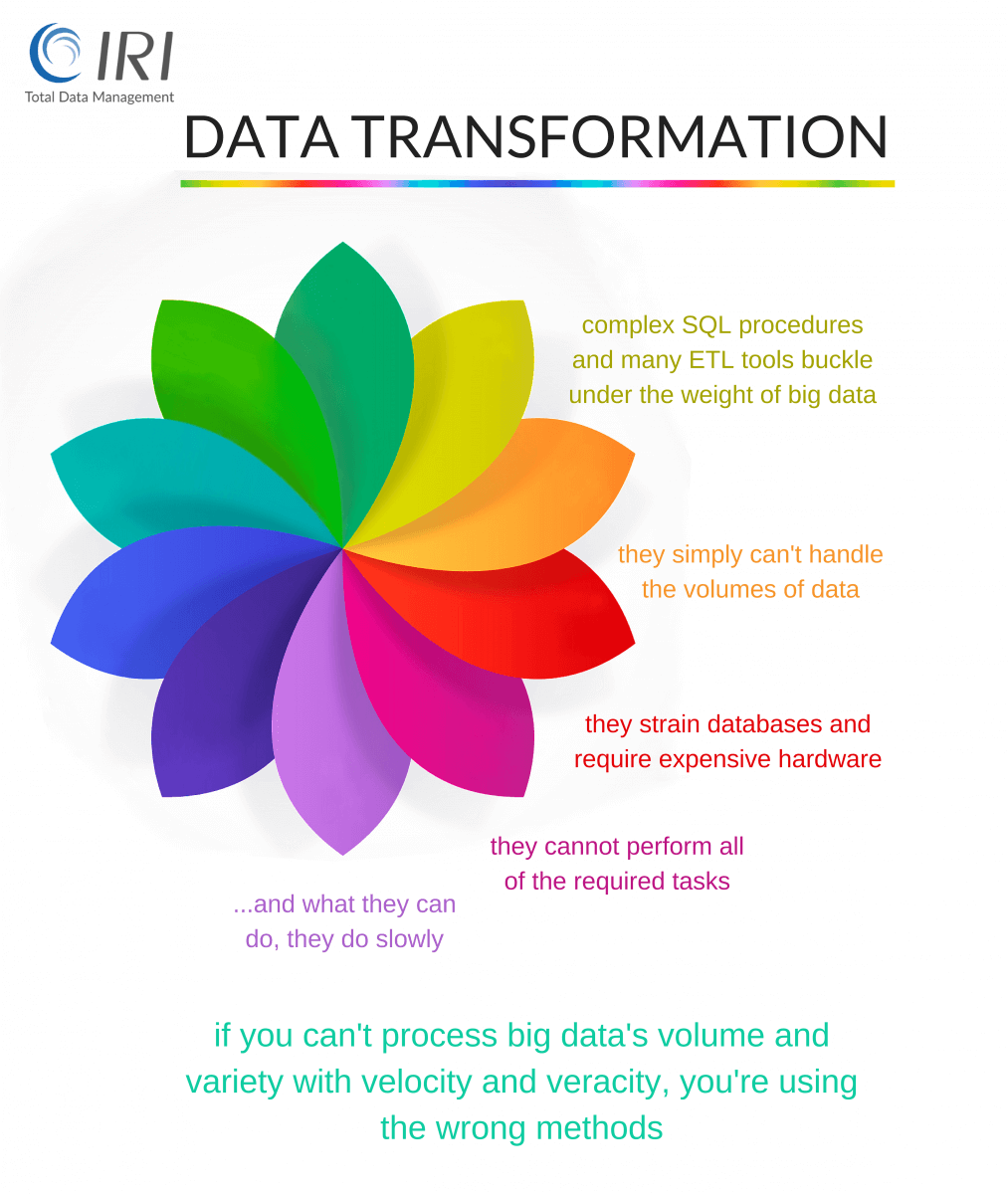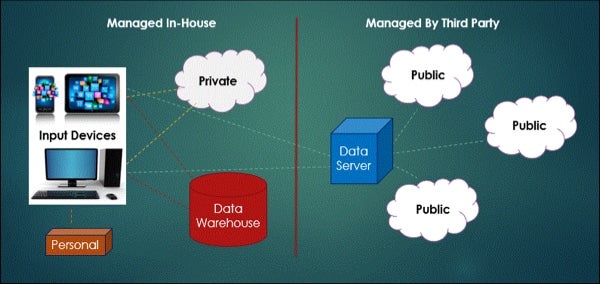Data transformation is the process of translating datas format value or structure into a new form. Data transformation helps in making your data organized.
 Visualization Of Data Transformation Process Download Scientific Diagram
Visualization Of Data Transformation Process Download Scientific Diagram
Data transformation is the process of converting data from one format such as a database file XML document or Excel spreadsheet into another.

What is data transformation. The most common data transformations are converting raw data into a clean and usable form converting data types removing duplicate data and enriching the data to benefit an organization. Data transformation is the process of converting data or information from one format to another usually from the format of a source system into the required format of a new destination system. This also involves the data integration platform and destination system.
D ata Transformation in a statistics context means the application of a mathematical expression to each point in the data. What is Data Transformation. Data transformation is the process of converting data from one format to another.
Data transformation is the process of applying few or many changes you decide to data to make it valuable to you. The way that well define data transformation here is about preparing your data for analytics from manipulating extracted data to creating a final rollup table or data mart. Key Takeaways - Data Transformation.
Why should I transform my data. Organizations from all industries can leverage their raw data sources with data transformation. Data transformation is the process of converting data from one format or arrangement to another.
In contrast in a Data. What is Data Transformation. Definition of Data Transformation Data transformation in the context of analytics can refer to a broad variety of topics ranging from data wrangling to modeling.
It allows organizations to bring their data from various locations and formats it into actionable insights. Data transformation is the process of converting data from one format or structure into another format or structure. Its similar to data cleansing and is required for task data management and raw data.
In contrast in a Data Engineering context Transformation can also mean transforming data from one format to another in the Extract Transform Load ETL process. The formatting process not only improves the data quality but protects applications from making errors like null values incorrect indexing unexpected duplicates and incompatible formats. Data transformation is critical to activities such as data integration and data management.
During the process of data transformation an. You might convert data types cleanse data by removing. Data transformations can be classified as a variety of different activities.
Some examples of the types of changes that may take place during data transformation are merging aggregating summarizing filtering enriching splitting joining or removing duplicated data. Data Transformation in a statistics context means the application of a mathematical expression to each point in the data. The practice generally involves adding copying and discarding entries and standardizing structures.
Transformations often involve converting a raw data source into a cleansed validated and ready-to-use format. Data transformation is the process of converting information or data from one format to another format. Data transformation defined.
Data transformation can include a range of activities.
 Data Transformation Fast Table File Manipulation Jet Software
Data Transformation Fast Table File Manipulation Jet Software
What Is Data Transformation Best Practices How To S Fme
 Transforming Data In The Elt Paradigm The Analytics Setup Guidebook
Transforming Data In The Elt Paradigm The Analytics Setup Guidebook
 Data Transformation And Aggregation Ppt Powerpoint Presentation Model Ideas Powerpoint Templates
Data Transformation And Aggregation Ppt Powerpoint Presentation Model Ideas Powerpoint Templates
 What Is Data Transformation Best Practices How To S Fme
What Is Data Transformation Best Practices How To S Fme
The Data Transformation Salda Project
 Data Transformation Using Etl A Comprehensive Guide
Data Transformation Using Etl A Comprehensive Guide
 What Is Data Transformation Alooma
What Is Data Transformation Alooma
 Ppt Data Transformation Powerpoint Presentation Free Download Id 4426277
Ppt Data Transformation Powerpoint Presentation Free Download Id 4426277
Big Data Transformation Fast Table File Manipulation


.png)



No comments:
Post a Comment
Note: Only a member of this blog may post a comment.